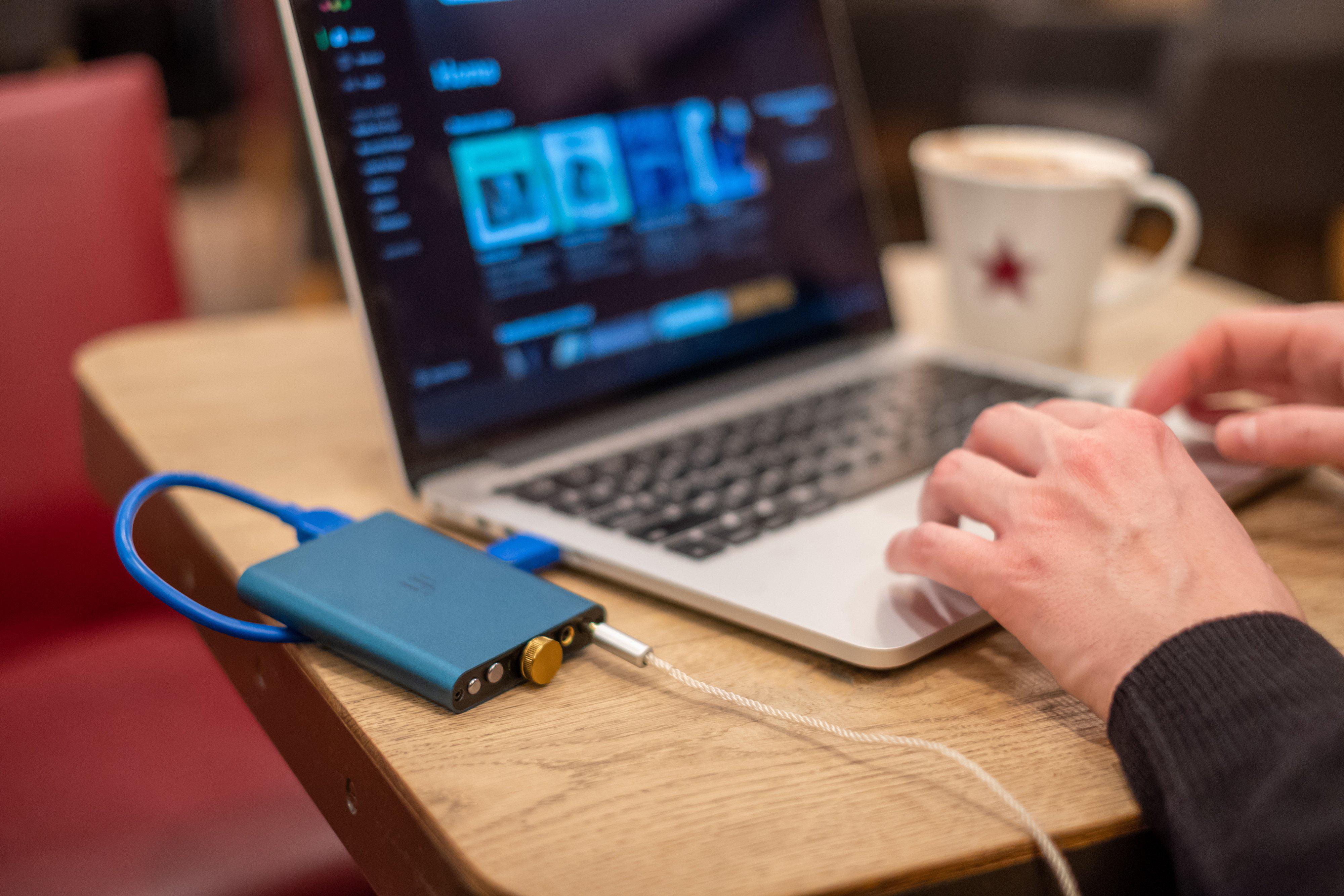This is the first in the series of Audiophile 101 articles. We'll start with the one of the most important parts of your audio chain – the DAC.

Whether you realized it already or not, you’ve probably owned many DACs and have been using them for years. How so? DAC is an acronym for Digital to Analog Converter. Any time you want to listen to a digital audio signal (like an MP3 or the audio from a digital video) through an analog output (like wired headphones and speakers), you need a DAC to convert the digital signal from the source into an analog signal at the point of connection. That means, your phone, laptop, Blu-ray player – even your TV – all have built in DACs. “Okay, great!” you’re saying, “Now I know what a DAC is, and I know that I don’t really need one, because I have like twenty of them at home right now.”
Not so fast!
While many devices have built in DACs, virtually no manufacturer outside of the Hi-Fi industry actually pays much attention in accurately converting the signal. In something like a laptop or phone, the built in DAC is designed to be mass produced as cheaply and small as possible – not crafted to provide a beautiful, accurate reproduction of the original audio. This is why you need a separate DAC.
External DACs
Unless you’re using a high fidelity digital audio player (and sometimes even if you are), you need to use an external DAC to get the most out of your listening experience. To use a DAC you would connect the source (your computer, phone, or other digital audio source) directly to the DAC, and then connect the DAC to an amp which connects to the headphones. But often it’s even simpler than that.
Headphone DAC/Amp Combos
If you look at various listings for DACs and headphone amps, you’ll notice that most DACs are built into headphone amps. While the built-in DAC on your laptop or smartphone may not provide high fidelity output, the DACs built into headphone amps from brands like Chord Electronics, iFi, or Burson (or any other brands we sell here at Bloom) are high performant, and will be a huge upgrade over what’s built into common devices.

Often, buying an Amp with a built-in DAC is the best option because otherwise you might need a separate amp to provide the optimum voltage for your headphones or IEMs, and having the two units combined will save you money and space. Some units are designed specifically for portability, with a high fidelity amp and DAC, powered by a rechargeable battery, in a form factor that fits in your pocket.
Standalone DACs
Alternatively, you might want a Standalone DAC. With all of the components in a Hi-Fi system – often having separate pre and power amps – being able to easily swap out components can help you find the perfect pairings of a DAC, amp, and transducers to nail the perfect sound. In other cases you might have something like a portable headphone amp with a built in DAC that's good, but when you're home, you want to use a dedicated DAC with a higher quality output. In those cases, you can use a standalone DAC like the Chord Qutest or Burson Composer.

The Bottom Line
Whether you’re looking for a portable solution to use with your phone on the go, or a top of the line system to kick back in your living room and listen to tunes on, you should invest in a high quality DAC.
For more reading, check out Why Do I Need a Headphone Amp? or some of our product guides, like the iFi DAC/Amp Buyer's Guide and our DAP Buyer's Guide.
You can also check out our video where we cover these same topics and expand on a couple aspects:
Have other questions about DACs? Wanna know which one might be the best for you? Hit us up via email, or start a chat session below!




